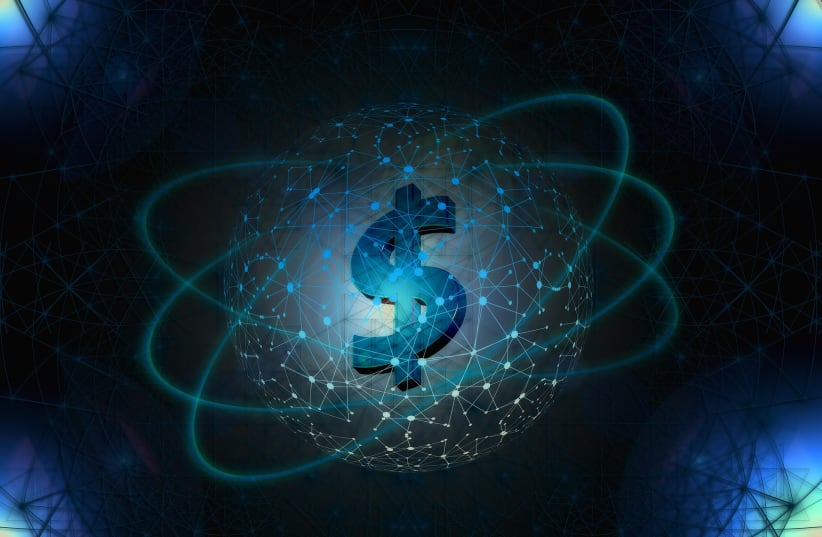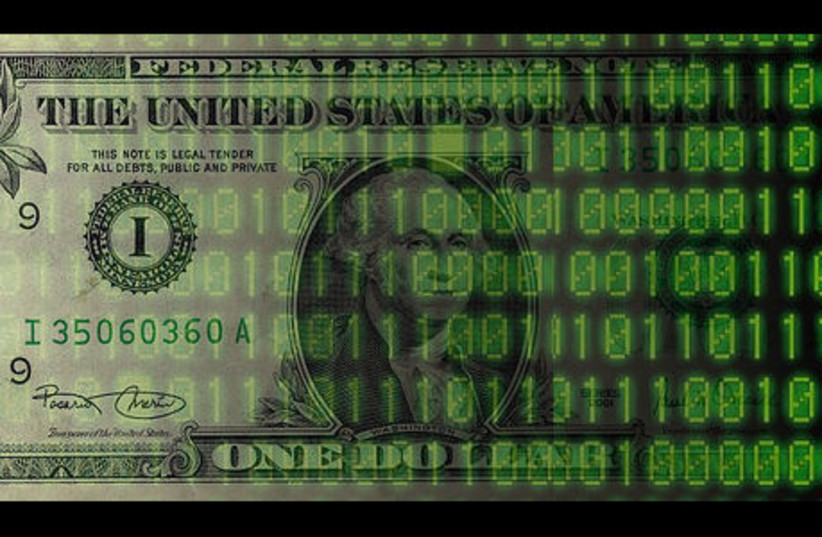The US Federal Reserve is mulling a potential launch of a US digital currency and is now looking for public feedback on the matter.
The American central bank on Thursday had released a paper regarding the various benefits and drawbacks of starting up what they are calling a US central bank digital currency (CBDC). However, the paper does not lend full support to one side or the other.
In total, it summarizes how domestic payments in the US currently work and analyzes different digital payment methods like cryptocurrencies.
Digital transactions are not new and have been used for many years in the form of bank account transfers, online transactions or payment apps. In fact, in 2020, cash transactions in the US declined to just 19% of all transactions. In Sweden, that number is under 10%.
A big difference between that and CBDC is that the former is a liability of private entities. By contrast, CBDC would be the liability of the Federal Reserve or some other similar central bank institute.
How would CBDC work?
Simply put, the Federal Reserve would work differently than commercial banks. Unlike commercial banks, the Federal Reserve does not need to depend on backing to maintain value. Further, while commercial banks will need to maintain public confidence through means like deposit insurance, the Federal Reserve would not.
Another positive is that it could make digital payments safer and faster, both domestically and internationally as well as to become a better option for both individuals and businesses. This international use could help preserve the US dollar's status as the dominant international currency of choice, too. This is important because if other countries or unions issue digital currencies that are functional, it could see more widespread use. This, in turn, could lead to a decline in the use of the US dollar around the world.
It could also be used by the government to collect taxes and make direct benefit payments to citizens.
How would you get and use CBDC?
Unlike commercial banks, one cannot simply open an account in the Federal Reserve. As such, it is likely that the private sector would still be involved, and it does not mean that the digital currency will see a total nationalization of commerce in the US.
In the model proposed in the paper, accounts or digital wallets offered by private firms would be used by the public to manage CBDC holdings and payments. This would operate in an open market and could see competition from regulated nonbank financial service firms and commercial banks, which is important as it means the existing financial system in the US would not be completely disrupted.
Further, CBDC would likely be a safer option than other products like stablecoins and other currency substitutions, as that would see deposits shift away from the banks if they become more widespread in use.
What are the downsides of CBDC?
There are other concerns present, such as the impact it would have on the current financial system.
Though the use of the private sector for accounts and digital wallets would make reduce the risk of severe disruption, there will still be changes.
Notably, this can affect how banks make money.
As noted in the report, banks rely in large part on deposits to fund their loans. But the introduction of CBDC could see the number of deposits in banks reduced. This means the banks will have less money and higher funding expenses.
This is worsened by the fact that, because CBDC would be seen as a better and less-risky financial option, it may see widespread conversions of money into CBDC and, subsequently, out of the banks. In a financial panic, this could see massive outflows of funds from banks - something that traditional measures like liquidity and government deposit insurance might not be able to stop.
This doesn't just harm the banks though. The lack of bank deposits could also lead to reduced credit availability and raise credit costs for both businesses and individuals.
This would also be caused by a shift away from other low-risk financial assets like Treasury bills and shares in money market mutual funds.
There are also concerns regarding preserving citizens' privacy and how to combat illegal financing. Privacy should be maintained, and the private sector has the capacity to do this, but a level of transparency is also needed to fight financial crimes such as money laundering and terrorism funding.
So with these issues unclear, the Federal Reserve is turning to the public. In an online form available here that will be available for 120 days, members of the public - and not limited to just the United States - can answer 22 questions on the pros and cons of CBDC and its design in order to ensure proper feedback is given.
"We look forward to engaging with the public, elected representatives, and a broad range of stakeholders as we examine the positives and negatives of a central bank digital currency in the United States," Federal Reserve Chair Jerome H. Powell said in a statement.
What do Federal Reserve officials think about CBDC ?
So far, they seem divided.
Federal Reserve Board of Governors member Lael Brainard, recently tapped by President Joe Biden to serve as the second-highest-ranking official in the Federal Reserve, has shown interest. According to The Washington Post, Brainard has referred to digital currency use as a competitive imperative to compete with other nations around the world - such as China, which already launched a CBDC of their own - and to help make the financial system more accessible to lower-income Americans.
But as digital currencies become more widespread around the world and the popularity of cryptocurrencies and stablecoins continue to rise, the possible need to establish a centralized digital currency in the US, the world's largest economy, can't be immediately dismissed.


